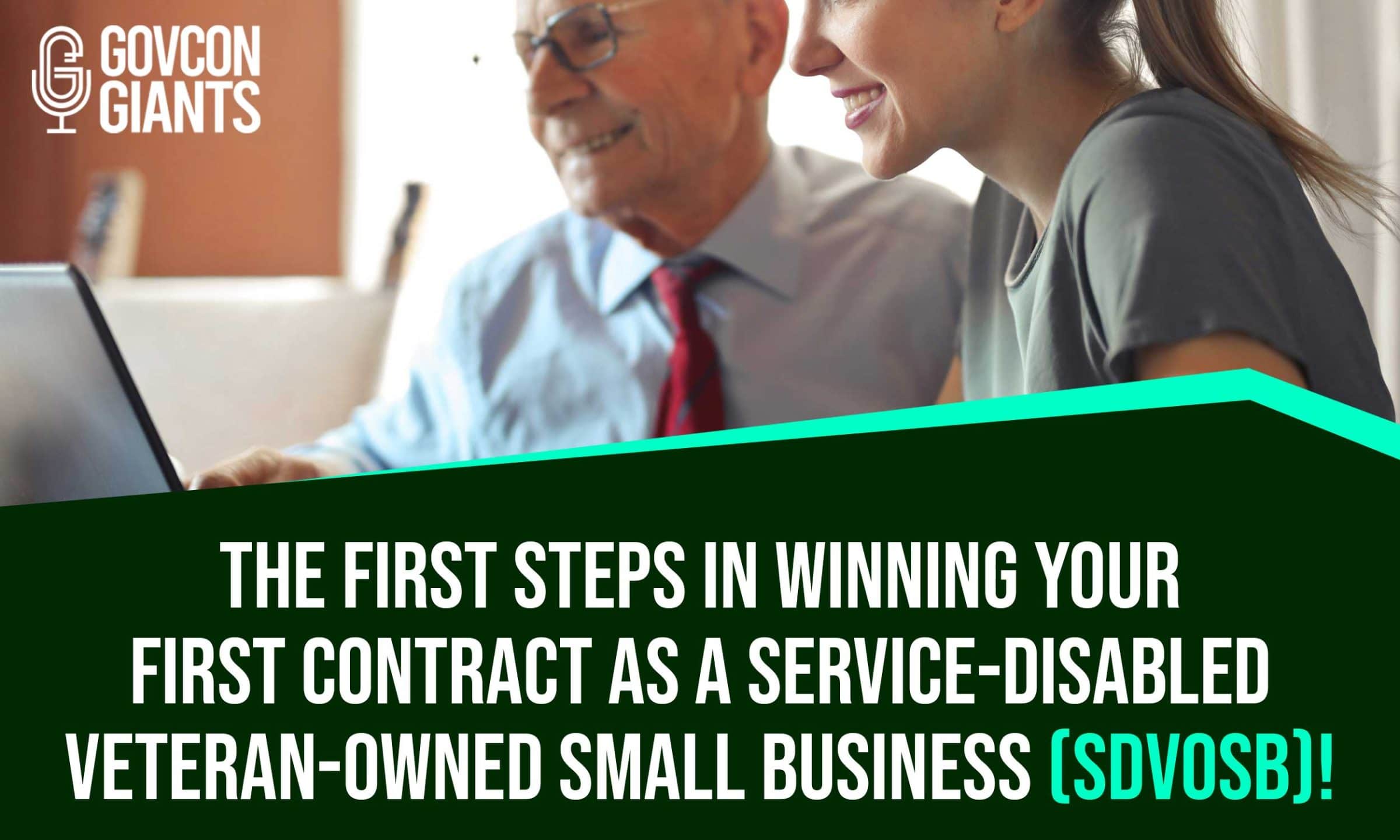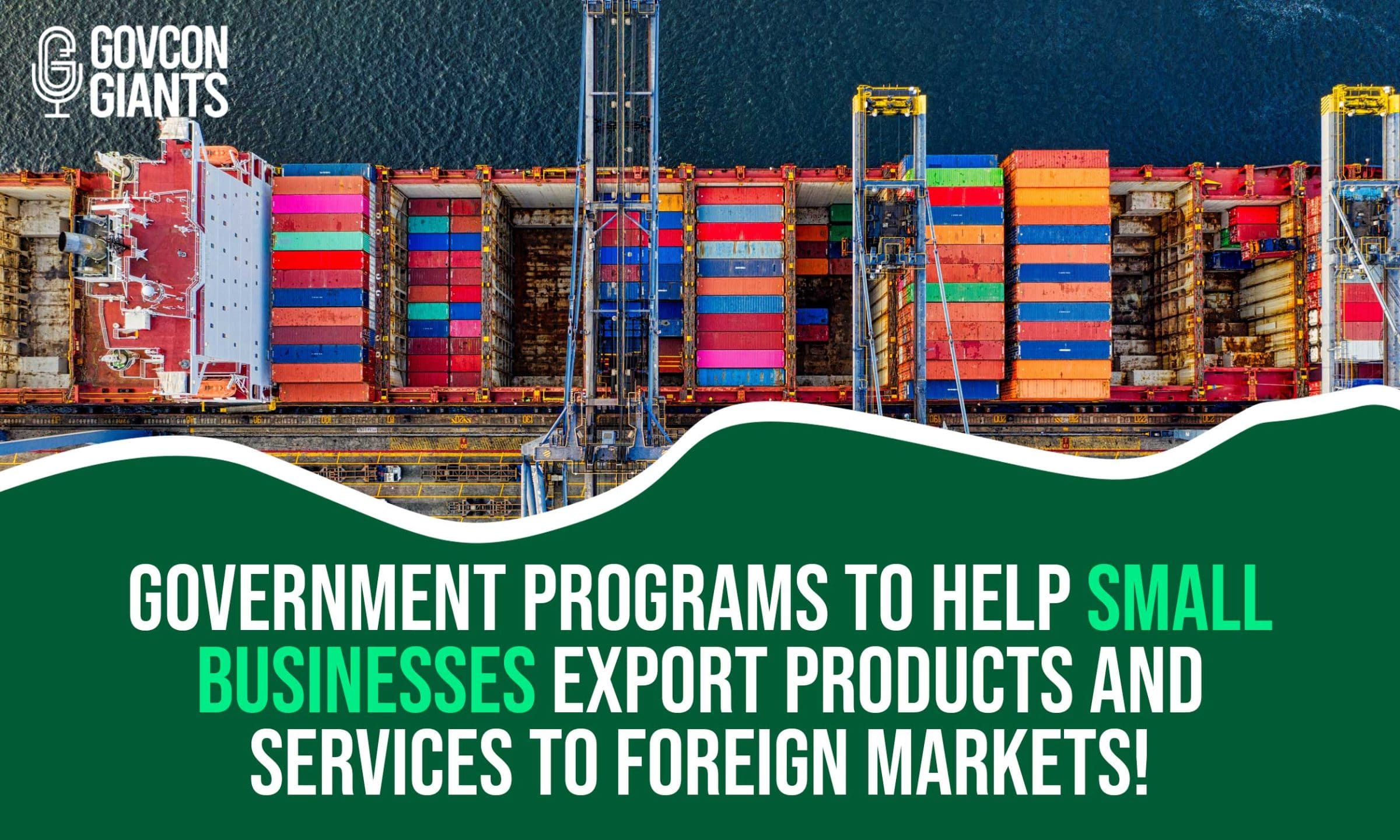Ever wondered how to get started? Here are the first steps in winning your first contract as a service-disabled veteran-owned small business!
FORM YOUR COMPANY
The first thing to start any business is the creation of a company. We don’t teach that here, but this is a necessary step if you want to do business with the government.
With this, if you need help with the creation of your corporation, you can send us an email at info@govcongiants.com and someone will be glad to help walk you through the process of creating a corporation in your state.
However, if you still need more reasons to incorporate your business, you can watch this video entitled, “Six (6) Reasons to Form your Corporation.”
GET REGISTERED
1. Get and register a DUNS Number.
A Data Universal Numbering System (DUNS) is a nine-digit identification number assigned to identify your business and to track your company’s credit record.
While the SAM database is extending the transition from using the DUNS number to the New Unique Entity Identifier (UEI) in April 2022, you still need to get your DUNS number before registering to the database.
To obtain a DUNS number, you can either request via this toll-free telephone number, 1-(866) 705-5711, or through this website.
Note: Getting your DUNS number is absolutely FREE and you don’t have to pay someone to get this done. Also, if your business is in various locations, then you need to get a different DUNS number for EACH business location.
If you want to know more about how to do this, then check this video on how to apply for a DUNS number.
2. Register in SAM.
The System for Award Management (SAM) is the primary platform used by the government to check businesses dealing with each agency in the federal contracting arena.
In registering, you primarily need to create an account on the database in order to register or update an entity. Then, afterwards, you can already fill out all the necessary information.
Depending on the complexity of your business, your registration might take about an hour. It can also take an average of 7-10 business days to process your data because the IRS still needs to validate your EIN/TIN information.
Other than that, you should update your SAM profile on an annual basis or when a certain change in your business information is made. The updating or renewal process might take for approximately an hour before it becomes active on your SAM profile.
Note: There are many tutorials on the SAM web page regarding specific questions on how to register. If you want help from a real person, go to this site where you can request a live chat or just call 866-606-8220 from 8am–8pm for FREE.
GET CERTIFIED AS AN SDVOSB
To get certified as a Service-Disabled Veteran-Owned Small Business, you can visit the verification page of the US Veteran Affairs’ website or you may go directly to the Vendor Information Pages.
Prior to acceptance as an SDVOSB, you will need to create a user account, register online, and submit the necessary document for verification.
Since an LLC is the most common structure type for forming a business, this article is based on the LLC submission requirements. Other business structures will require more or less items, however the information is all listed under required documents for VIP Application.
With this, below are the list of pre-application documents needed to begin processing your application as an LLC:
- Resume of all owners, directors, partners, officers, and other key personnel
- Operating Agreement including all amendments
- Certificate of Formation letter from the Secretary of State
- Joint Venture Agreement (if applicable)
Note: These are the requirements at the time of writing this article in 2016.
After you have submitted all the required information for certification, the Center for Verification and Evaluation (CVE) will review your documents and determine if any clarification is needed.
Assuming that you answer all the information in a timely manner, CVE will determine if your business meets eligibility criteria for becoming a Service-Disabled Veteran-Owned Business (SDVOSB).
FEW THINGS TO CONSIDER
This blog post only takes you through the first 2 steps of being a Service-Disabled Veteran-Owned Small Business (SDVOSB) which are getting registered and becoming certified.
If you want to see how we got someone registered as an SDVOSB, then check this video about SDVOSB Vetbiz registration instructions for veterans.
After these first two steps, the other things that you need to consider in winning your first contracts is building your business. These include learning about your customers and your market and building relationships with them.
If you want to learn about these, then take advantage of our resources down below. You can also join us here at GovCon Giants by visiting our website and other social media platforms or checking the new GovCon Edu where you learn everything about government contracting!
SDVOSB Vetbiz registration instructions for veterans – Eric Coffie
https://www.youtube.com/watch?v=3Ot621Dvitg&t=333s
Eric Coffie interviews $50M SDVOSB, HUBZone, 8a Construction Firm
https://www.youtube.com/watch?v=bnvn4k-L3xY&t=430s
031: Raffa Gibbard & Renona Riddle Brown: Women Entrepreneurs Discuss VA Veteran Employment Track
https://www.youtube.com/watch?v=N9j4o61MddI&t=87s
Veterans HELPING Veterans with “Doc” Wright

